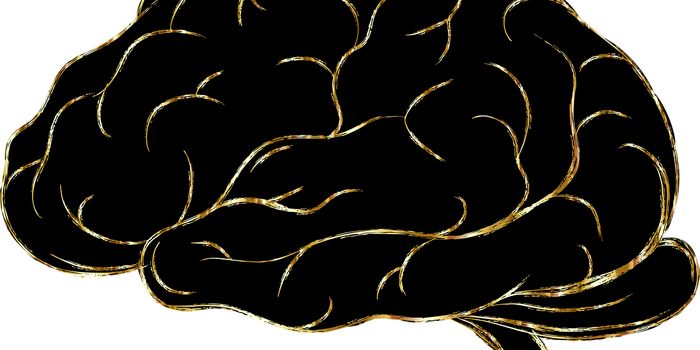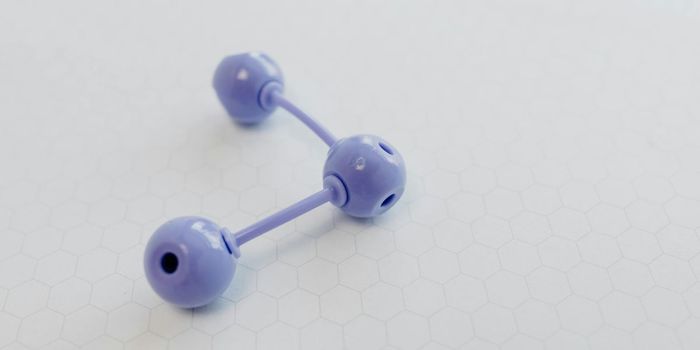Postpartum Depression is a Disruption in Brain Activity
Postpartum depression (PPD) can be debilitating and severely impact a mother's ability to enjoy her newborn child. The Centers for Disease Control figures show that it affects between 11 and 20% of new mothers, however, those numbers are likely low because so many women do not seek treatment or tell their healthcare providers how they are feeling. If we take the middle of that range, at 15%, that means that close to 600,000 women each year will deal with depression or anxiety after giving birth.
Some normal mood swings are to be expected, but when feeling bad continues beyond a few weeks, women are advised to contact their doctors. True PPD can cause a mother to stop producing milk, feel anxious, sad and even suicidal. Still, roughly 85% of women who experience it report never bringing it to the attention of a medical professional.
A new study from Tufts University in Boston is shedding light on the biological underpinnings of PPD. The work suggests that a neural pathway that regulates stress is involved in what happens to some women after giving. It's even more difficult for moms who have infants that have medical problems, developmental delays or congenital disabilities. PPD is seen in much higher numbers with mothers who have these additional stress issues.
The research investigated a stress pathway called the hypothalamic-pituitary-adrenal (HPA) axis. It's this pathway of neurons that can trigger a fight or flight response. In pregnancy, the brain tamps down on this reaction, because stress is detrimental to a developing baby and it's the body's way of protecting the fetus. This response and the pathway in the brain that it follows are driving by a hormone called corticotropin-releasing hormone (CRH), which is secreted when the body is stressed. CVH and the HPA axis have all been indicated in research looking at the causes of PPD, but the connection wasn't complete until the Tufts research. PPD is much more likely to occur when the HPA axis is disrupted.
Neuroscientist Jamie Maguire from Tufts University explained, "Some clinical studies show a relationship between CRH, HPA axis function and postpartum depression, but others fail to replicate these findings. Direct investigation into this relationship has been hindered due to the lack of useful animal models of such a complex disorder. Using a mouse model that we developed, our new study provides the first empirical evidence supporting the clinical observations of HPA axis dysfunction in patients with postpartum depression and shows for the first time that dysregulation of the HPA axis and a specific protein in the brain, KCC2, can be enough to induce postpartum depression-like behaviors and deficits in maternal care."
KCCR is a protein in the brain that regulates how much CRH is released by the brain. Mice that had never been bred or given birth were exposed to stress, and KCCR was suppressed, which left levels of CRH unregulated. When mice who were pregnant or newly postpartum stressed, KCCR was abundant and limited the CRH response. In the study, a specific mouse was developed that was genetically altered to completely lack the KCCR protein. During the pregnancies and post-partum period of these "knockout" mice, depressive behaviors were seen. The mice who lacked KCCR were more reluctant to care for their pups, exhibited more stress and anxiety during pregnancy, and this stress did not abate after giving birth. When the researchers were able to silence the brain cells that secreted CRH, the mice were less stressed and better caretakers of their pups.
While the study was a mouse model and may not translate to human mothers, understanding the specific pathways of stress hormones in pregnancy is a significant first step in finding treatment for the thousands of women who suffer from PPD. The team at Tufts hopes to move forward with their research to develop a biomarker that could identify women most at risk. The video below explains more about the study, take a look.
Sources: Tufts University, Psychoneuroendocrinology, Mummypages









